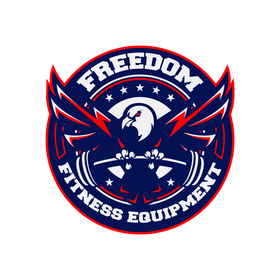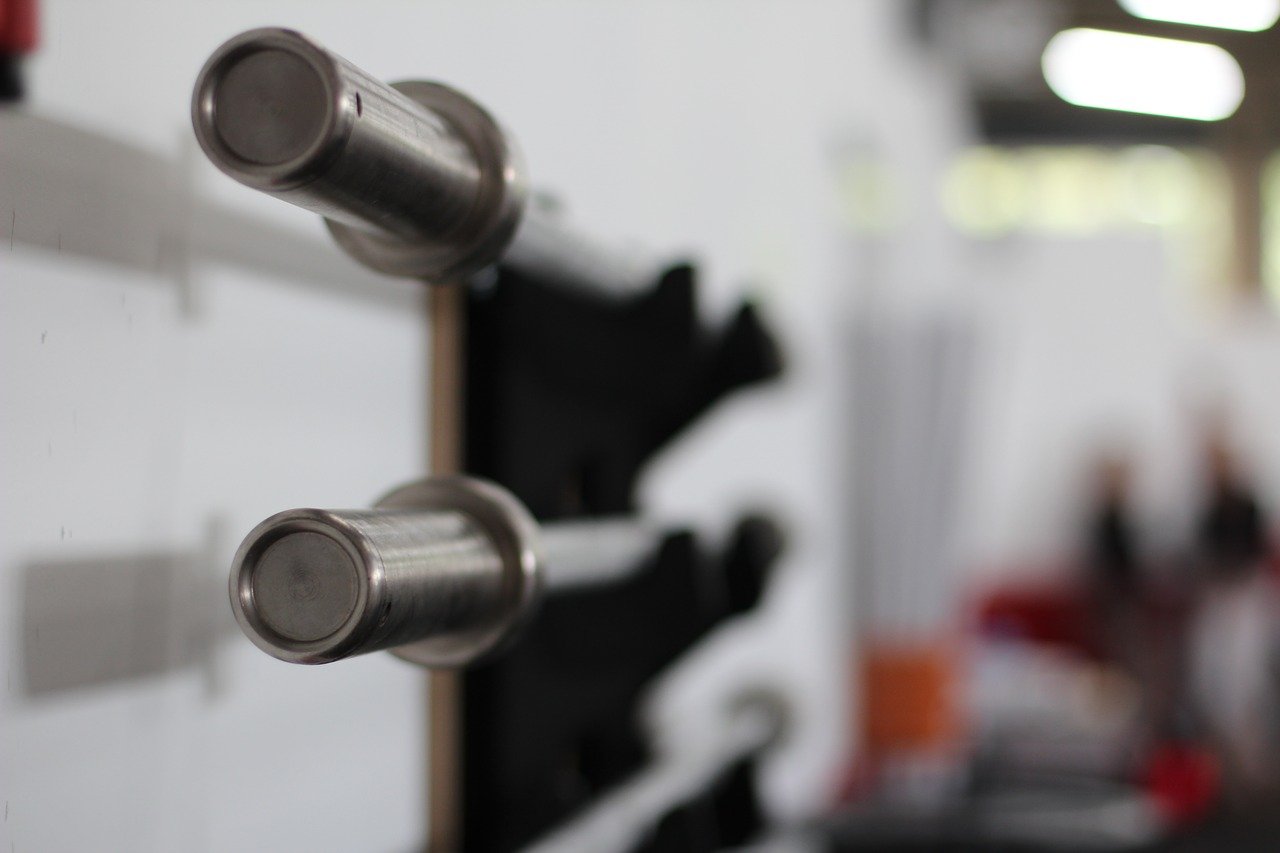Checkout this series on our Youtube page about Olympic barbells, and see the list of tips below for a few pointers when purchasing your next barbell!
1. Pay attention to barbell coatings
The coating of a barbell matters because it can protect your barbell from rust, damage, and sweat. There are tons of different coatings on the market, from stainless steel and zinc to phosphate and cerakote. Choose wisely, as certain coatings have a tendency to fill in the knurling of a bar (the part where you grip) and make it harder, or easier to grip the bar securely.
The better the coating on the bar, the better the oxidation resistance. If there is a local used fitness equipment or used gym equipment store near you, you may be able to walk in and try a few barbells for yourself.
You can also check out different barbells on our website here.
2. Weight rating matters
Some barbells are only rated to a certain poundage. Bars like Fitness Gear have ratings of 300lbs, which sounds high until you realize that the barbell is rated for "static load," meaning that the 300lb rating is only for when the barbell is NOT moving. If the barbell moves, that load rating goes down. So, in a lot of instances, the bar will start to bend at less than 300lbs, potentially at 200lbs or 250lbs depending on how fast the barbell is moving.
The higher the load rating, and the better the steel, the better the barbell. A barbell with a high "PSI" rating is not necessarily better, but any commercial rated barbell is usually rated for way more than the average human can lift. Looking for a good used commercial grade barbell? Check out your closest fitness equipment supplier.
3. Knurling matters
The "grip" on the barbell, or the jagged marks in the bar where you put your hand are called knurling. This allows you to grip the barbell securely and keeps it from sliding out of your hands. The more aggressive the knurl, the more secure the grip. Some people like a very passive knurl that won't tear up your hands very much, while others like a very aggressive knurling that sticks and digs into their hands to maintain grip.
There are all different degrees of knurling on the market, from passive to aggressive, and all different types of knurling from "volcano" to "diamond" and everything in between. Choose a knurl that you feel comfortable using for most lifts. As you continue to lift you may decide to choose a more passive or more aggressive barbell, but you can always upgrade later.
4. Ribbed sleeves help avoid plates sliding
Some barbells are constructed with ribbed sleeves, instead of smooth sleeves, to prevent plates from sliding off. This provides a bit of friction when placing Olympic weight plates on the barbell.
While this is not entirely necessary, it does provide a little additional security to keep Olympic weight plates from sliding off the barbell when a lock collar is applied to the sleeve. For most lifters, you want a lock collar on the end of your barbell anyway to prevent the weight plates from sliding off. Do not lift without lock collars unless you know what you are doing, as this can be dangerous particularly during squat or overhead press movements.
5. Power bars are NOT the same as true Olympic bars
Power bars are a type of barbell that normally has a very aggressive knurl, a center knurl for squats, bushing bearings in the sleeve (for a slow-spinning bar) and a 29mm shaft. Olympic barbells are a type of barbell that normally has a somewhat passive knurl, with no center knurl, a needle bearing sleeve (for a fast-spinning bar) and a 28mm shaft.
Olympic barbells also have marks for competition placement at a different position than power bars. The Olympic lifting marks are further out towards the sleeves than a power bar so that Olympians can perform cleans, and overhead movements within the legal markings on the barbell.
Just a few quick tips for you when you're buying your next barbell, contact us if you have any questions!

